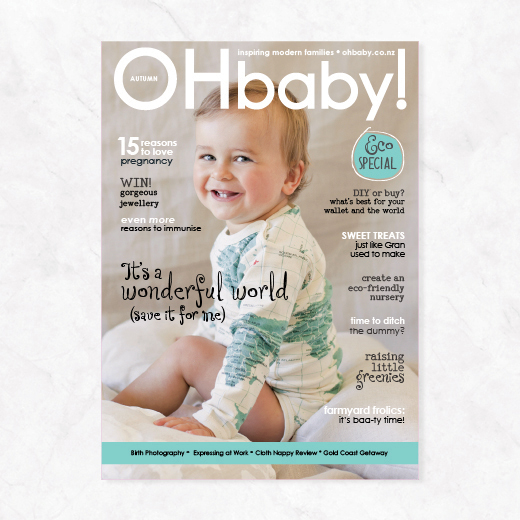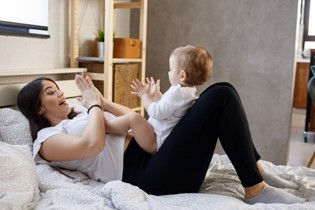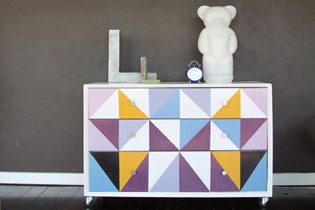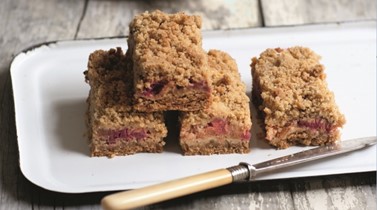Dummies - what's the problem?
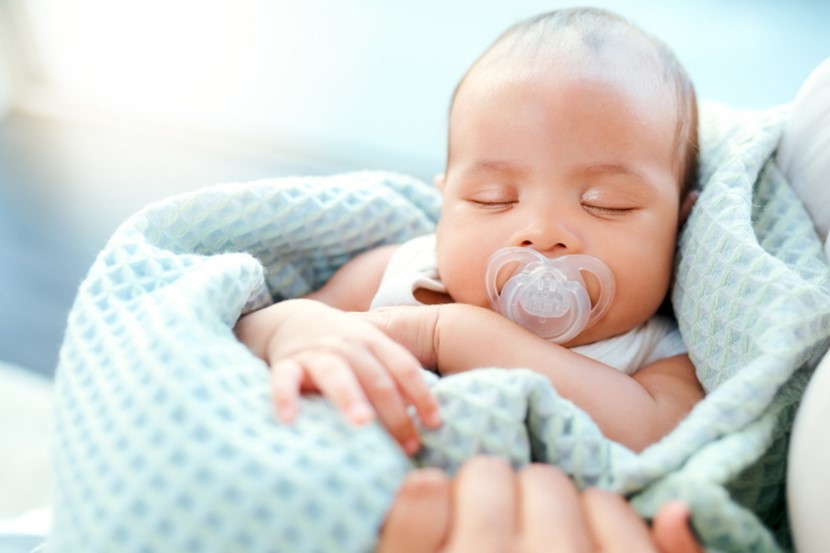
An attachment to a dummy or blankie can be a cause for consternation but, as Lisa Glass writes, are these creature comforts doing any real damage to your little darling?
It's a funny old thing that you've no doubt experienced yourself. As soon as you become a parent (actually as soon as you break the news that you're expecting) the advice starts. One of the most contentious aspects relates to comfort objects - blankies, special toys and most divisive of all - the dummy.
Nannas and older friends seem more likely to be pro-dummy (awful word, isn't it?), brushing aside your objections by saying, "All my kids had them and I wouldn't have coped otherwise."
But in recent years it's become something of an object of scorn.
Will your baby grow up with a malformed mouth requiring expensive orthodontic work if you let her suck too much? Will it impede her speech and language development?
And will she end up being one of those three year olds who seems to be visual shorthand for parental neglect, wandering around with the accursed dummy in her mouth 24/seven?
Well, like everything in this minefield called parenthood, it depends.
When my first baby was giving us grief (reflux, as it turned out), a lot of books I read on setting up good sleep patterns claimed any external object, such as a dummy, was a prop. They said props needed to be avoided because they established sleeping associations that meant the child was dependent on an object, rather than learning for herself how to get to sleep. The idea was to get your baby to learn how to self-settle without the need for props, thus setting her up for great sleep ever after.
That may work well for countless families but it didn't work for me. Then, by the time I was ready to give in and actually try a dummy, my contrary little angel was several months old and not interested.
With number two I had dummies ready and waiting. I gave them to her only when it was bedtime, as a way of signalling sleep. Whether it was a co-incidence or not, she was a much better sleeper than her big sister. My one concern was when and how to ditch the dummy, but some time after the age of one we decided it was time to stop getting up at night to find her dummy down the side of the cot so we cold-turkeyed it. We didn't realise at the time she was suffering from an ear infection (eek) but even so it took only a night or two for her to get over it.
What the experts say
According to OHbaby!'s experts, I needn't have been so strict with baby number one.
OHbaby! sleep expert and baby whisperer Dorothy Waide says dummies have had a seriously bad rap.
"To me, the dummy represents the thumb. In pictures of babies in the womb, nine times out of 10 they have their thumb in their mouth, and then we take away their sucker as soon as they're born!"
Dorothy says dummies can have a hidden benefit for parents unlucky enough to be dealing with babies with the dreaded colic and reflux.
A dummy gives baby the chance to soothe herself and helps avoid the mistake that new mums often make - feeding colicky babies when they become unsettled, which has the effect of worsening the tummy pain.
Psychologist Dr Melanie Woodfield thinks dummies can be helpful too, particularly if the baby was born prematurely. Dr Woodfield says premmies often need more assistance with calming. She says their signals may be more difficult to read and they may become distressed more quickly, setting up a vicious cycle where an anxious parent passes that anxiety back to the baby.
Using an object such as a dummy, along with feeding, holding and settling skills (shutting out light, wrapping, rocking, patting and so on) can help ease some of that sensory overload that leads to tetchy babies and frazzled mums.
Blankies and Bobos
Those "Sleep Bible" books I mentioned earlier approved of using a special blanket or small soft toy for comfort and suggested Mum sleep with the toy for a few nights to infuse it with her own smell.
Many parents encourage their littlies to bond with a special blanket or toy. I know several preschoolers who spent time as babies in NICU at Starship Hospital in Auckland and their special blankies were given to them when they "graduated" out of intensive care.
Other people choose a special teddy for baby, although you never can predict what your child will decide is "special".
They don't know the $2 shop bunny with the uneven eyes from the bespoke teddy Nanna ordered from England.
I have fond memories of "John Basin", a scruffy pink dog that I simply loved as a toddler. But despite being furnished with a veritable zoo of soft toys, neither of my girls has an ongoing relationship with a cuddly toy, although they both love their blankies.
The eldest has two large merino wraps that I used for her when she was tiny and they hold equal status. It really is useful to have at least two of whatever your little one has taken a shine to. There are going to be a lot of middle-of-the-night vomiting or wet nappy episodes in your future, and if your child is sick you don't want to be telling her that Bobo is in the wash.
With daughter number two I actually went one step further and bought a 10-pack of those old-school flannel nappy squares. You can use them as burp cloths, pram blankets, sun shields and of course comfort blankies. If one gets dropped/wet/dirty you've always got more. My daughter still had them when we took away the dummies so she just took over sucking and chewing her blankies. It also serves as a straightforward tired sign because she goes in search of them when she needs to go to bed.
Dr Woodfield says comfort objects serve an important role for small children. When babies are born they don't have the skills to regulate their own emotions, and it's our job to help them calm down enough to sleep and rest. Some of that is to do with our physical presence and behaviour, but blankies and the like also contribute by providing additional security and comfort that's still there when you've left the room.
They can also perform a secondary role as "transition objects". That's something from home that the child associates with safety and comfort which they can take with them to a new place, such as daycare or preschool.
"Taking a blankie to preschool is a tangible reminder of another life at home with Mum and Dad," says Melanie.
She says such objects can help an infant shift from dependence to independence. "A transitional object can help as they learn to be without a parent, yet carry something that reduces their anxiety about not being with a parent."
Time to say goodbye
But what about when it's time to give it all up and be a big kid? Deciding when that time has come is a personal decision and something on which many experts differ.
With dummies, Dorothy says they can be very useful in those first few weeks especially if you have a sucky, colic or reflux baby. She says you need to give baby a chance to fall asleep without the dummy before giving it to him. At first, if settling in your arms, up to five minutes is long enough for an unsettled baby. If in the cot, then up to two minutes. After that she suggests patting and shushing and only if that doesn't work should you offer the dummy.
As the baby gets older, you can wait for longer. "You offer the dummy after she's had a chance to self-settle," says Dorothy, with the length of time you wait lengthening to around 20 minutes.
She also makes the point that you should try to keep the dummy in the cot, rather than offering it as an all-round panacea for a crying child. Dorothy suggests the six-month mark as a good cut-off time where the dummy should only be used for sleep times. By six months, baby's sucking reflex has lessened a good deal as well.
But Dr Woodfield says she's actually not too bothered about the where-and-what of comfort objects, as long as they're not interfering in smooth family functioning.
"In psychology, we talk about the impact your behaviour has on everyday functioning. If it's an adverse effect on functioning, for example it gets in the way of getting on with other kids, that's your cue for phasing it out."
In some cases, especially with children who are a little bit older and more socially aware, Dr Woodfield says teasing by other children may serve to convince a child to actually wean himself off the self-serving object, and they'll move on from it without any prompting by you.
She says there are too many other issues to worry about without being anxious about your four year old having a dummy in bed or when she's feeling upset. Parents should just go with the flow unless things reach the point of being disruptive. It's more likely that the child will abandon the behaviour by herself in the course of her natural development.
Many families will have held the ceremonial "flushing of the dummy" (actually probably not such a good idea environmentally) when a toddler decides that she's ready to be a Big Girl.
Another nice idea is to let the child feel a part of the decision to say goodbye to her beloved object. Explain that, "The fairies need Bobo to give it to a brand-new baby, so it's time to pass it on." Perhaps you could decorate a little spot in the garden, and leave a note from the fairies, thanking your girl for her generosity.
Dr Woodfield also says we shouldn't worry needlessly about self-soothing behaviour that appears on the surface to be concerning; behaviour such as rocking or head-banging is something that can be seen in children who don't have reliable adults around to help them organise their feelings, but it can also happen in the so-called "normative population". The repetitive behaviour can be soothing and Dr Woodfield says the best thing is just to go with it, but make sure your child can't hurt herself.
It takes three years for a child's brain to get to the stage where she can organise her emotions, so it's probably not surprising that those first three years can see some pretty strong attachments formed to people and objects that can help a child keep an even keel. You shouldn't be worried though if your child doesn't have any particular object attachment. Don't forget the role we as parents play in helping translate children's emotions and calming them, through words, touch and predictability.
My girls are older now. They still sleep with their blankets and number two is very attached to hers. She'll present it to her "babies" when she thinks they're sad and goes to bed with a (filthy, ragged) corner of one blankie shoved in her mouth and another tucked under the arm. I don't know if their comforters have made them more secure, but they (and the dummies) definitely helped with the sleeping. Now I'm one of those nanna-types infuriating new mums by saying, "Just give him a dummy!"
| Lisa Glass is a mother of two girls who both had comforters but would much rather scream for their mum in the night. Not dad, just mum. To stay sane she works as a journalist/TV producer where her colleagues comfort themselves with smart phones and fancy coffees. |

AS FEATURED IN ISSUE 21 OF OHbaby! MAGAZINE. CHECK OUT OTHER ARTICLES IN THIS ISSUE BELOW
